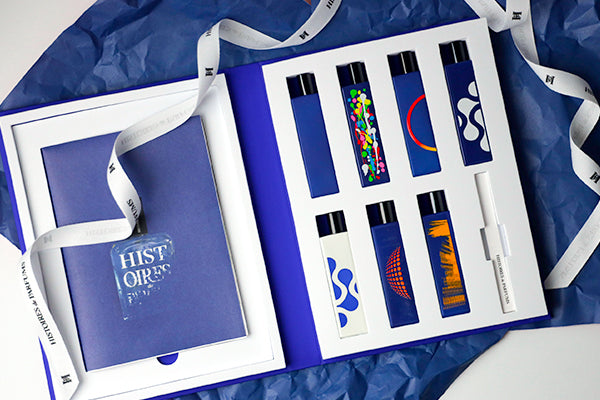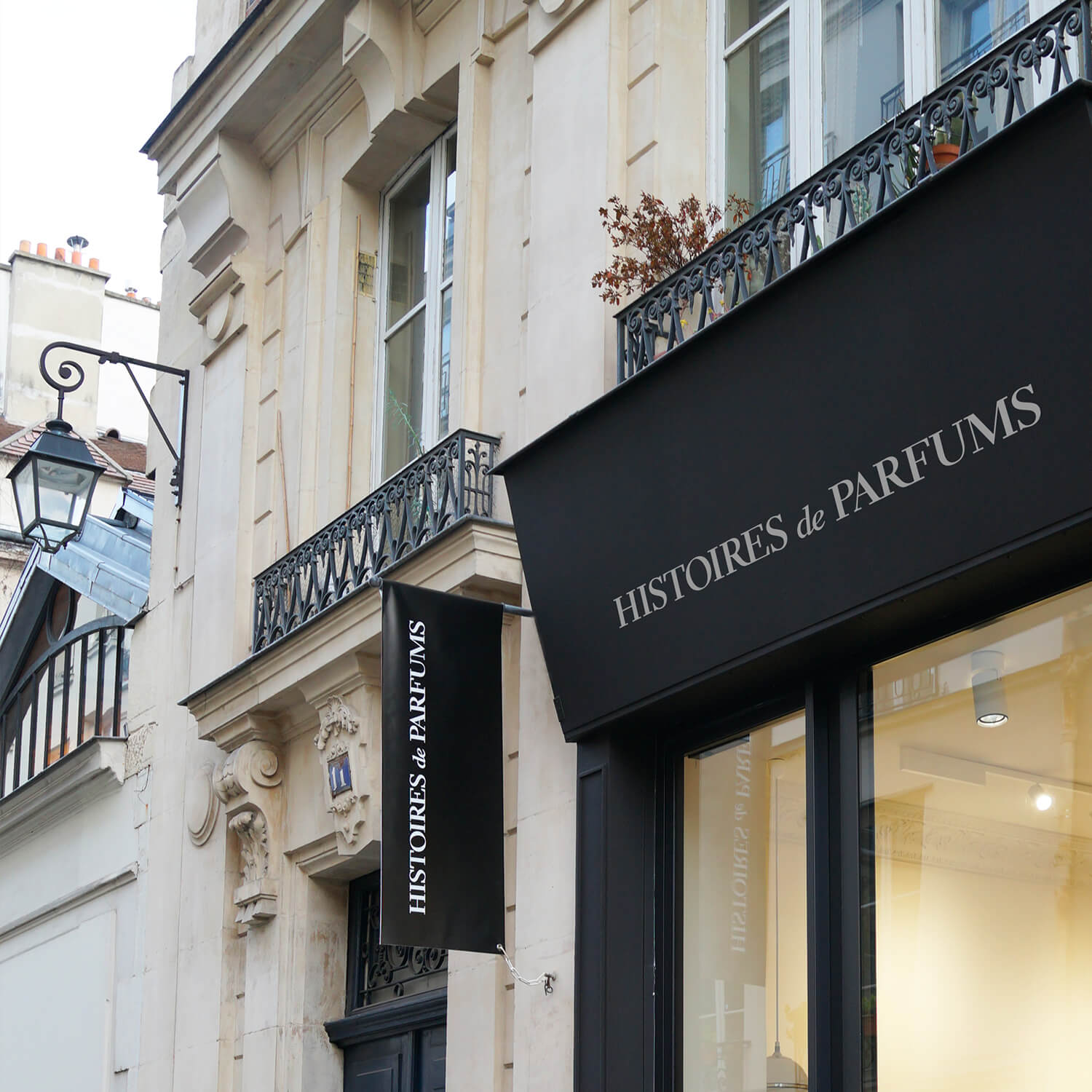April 7, 1795: One meter measures one meter

A Universally Ideal Idea
Before the French revolution, 800 different units of measurement were used within the state. The "official" units of measurement such as the thumb, the elbow or the foot, were set by the king's physiognomy, and would change with the coronation of each new king.
Not only did these measurements fluctuate with every new king, but also with every different region. For example, a foot in Rhine and a foot in Brittany were not the same length. In addition, the measurements varied in different fields of work (blacksmiths, weavers, tanners).
Not only were these varied units of measurement a nuisance to the economy, but they were also subject to the powers and interests of each country, each holding different units of measurement.
With this, the deputies of the Young National Assembly of the French Revolution decided to put an end to these subjective units of measurement, and instill the slogan: "One king, one rule, one weight, and one measurement".
The instilment of these units of measurement however, were intended to be created carefully. It was to encompass the ideal equality advocated for during the French revolution. The members of Parliament thus decided to instill "a unit of measurement that did not exclude arbitrary parties or individuals from any country in the world." This meant that the new unit of measurement could not be tied to France or any other specific country in the world. It had to be based entirely on objective scientific truths recognized across the globe.
In light of this spirit, France invited other countries, notably the United Kingdom, to create a new measuring system. However, these sovereign European states, weary of France's revolution and their egalitarian ideals, decided to declare war on France instead of creating a new unit of measurement.
How to create a new unit of measurement?
The idea to create a universal unit of measurement is nothing new. Since the 17th century, many scientists have attempted to create one. The methods used to determine these units however, always fell short of precision and accuracy, and were in turn rejected by revolutionaries. The committee eventually decided to measure a meter using the length of a quarter of the meridian planes. The decision was made based on precision and feasibility.
Two scientists, Pierre-François Méchain and Jean-Baptiste Delambre were on a mission to calculate the distance between Dunkirk and Barcelona using the triangulation method. After seven years of work, and numerous attempts, the meter was officially established and defined as "one ten millionth of a quarter of the meridian plains".
The new units of measurement created by these two scientists were officially inaugurated by the government on Germinal 18, Year 3 (April 7, 1795). From this day forward, "the meter" became a fixed unit of measurement while all other methods were left behind.
In order to familiarize the population with this new measuring system, standard one meter slabs of marble were created and placed on the walls of public buildings. In Paris, 16 meters worth of slabs were set up. Today, only two slabs remain, one on the façade of the Minister of Justice building, and the other, near the entrance of the Senate building.
Why start by measuring one universal length?
Having one universal measuring length makes it easier to develop additional units of measurement:
- Make a square using the universal length on all sides, and you have a universal surface space: the square meter
- Make a cube using the universal length, and you have a universal volume: the cubic meter
- Fill this volume with liquid, and you have a universal weight: the kilogram
Off to take over the world! Somewhat....
The metric system was initially spread throughout Europe by Napoleon's epic conquests, and was further implemented during the rapid development of the global economy. Merchants came to realize that a universal system for measuring units and weights was in the end, very practical.
Thanks to the metric system, for example, 1kg of metal was the same in Paris, Anvers, Berlin, Barcelona, etc. while 1 livre of metal had different weights in Paris, Anvers, Berlin, Barcelona etc. considering that every country defined one livre differently.
Today, all countries but three have adopted the metric system. Only Myanmar, Liberia and the United States continue to use the imperial system.






Leave a comment
This site is protected by hCaptcha and the hCaptcha Privacy Policy and Terms of Service apply.